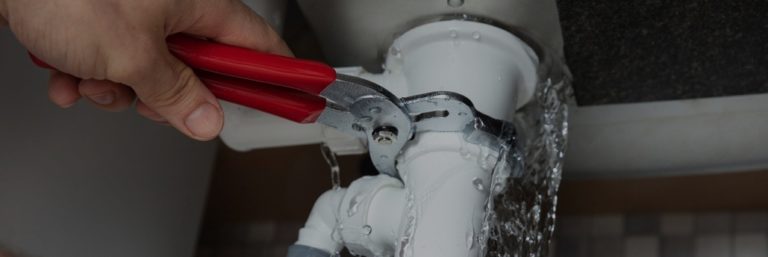Just how to Locate and Repair Work Water Leaks-- A Comprehensive Guide
Just how to Locate and Repair Work Water Leaks-- A Comprehensive Guide
Blog Article
Just how do you actually feel when it comes to Detecting hidden plumbing leaks?

Early discovery of dripping water lines can alleviate a possible disaster. Some tiny water leakages may not be visible.
1. Analyze the Water Meter
Examining it is a proven method that aids you uncover leakages. If it relocates, that indicates a fast-moving leakage. This indicates you might have a slow leakage that could even be underground.
2. Inspect Water Intake
Assess your water bills as well as track your water intake. As the one paying it, you should observe if there are any kind of disparities. If you spot sudden changes, despite your consumption being the same, it suggests that you have leaks in your plumbing system. Keep in mind, your water expense ought to fall under the exact same variety monthly. An unexpected spike in your costs suggests a fast-moving leak.
At the same time, a consistent increase every month, even with the very same routines, shows you have a sluggish leakage that's also gradually intensifying. Call a plumber to thoroughly examine your residential property, especially if you really feel a warm location on your flooring with piping below.
3. Do a Food Coloring Test
When it pertains to water intake, 30% comes from bathrooms. Test to see if they are running effectively. Decline flecks of food color in the storage tank as well as wait 10 mins. There's a leak between the tank as well as bowl if the shade in some way infiltrates your bowl throughout that time without flushing.
4. Asses Exterior Lines
Do not neglect to examine your exterior water lines too. Ought to water seep out of the link, you have a loosened rubber gasket. One little leakage can throw away tons of water as well as spike your water costs.
5. Examine and also Examine the Situation
Home owners ought to make it a habit to inspect under the sink counters and also inside cabinets for any type of bad odor or mold growth. These 2 red flags suggest a leakage so punctual focus is required. Doing routine examinations, also bi-annually, can save you from a major trouble.
If you recognize your home is already old, keep a watchful eye on your heating units, tubes, pipelines and so on. Check for discolorations as well as damaging as most home appliances and also pipelines have a life expectancy. They will additionally normally deteriorate as a result of wear and tear. Don't wait for it to rise if you suspect dripping water lines in your plumbing system. Call a professional plumber right away so you don't end up with a terrible mess in your home.
Early detection of leaking water lines can mitigate a potential disaster. Some tiny water leaks may not be visible. Examining it is a proven means that assists you find leaks. One little leakage can lose loads of water and increase your water costs.
If you presume leaking water lines in your plumbing system, do not wait for it to intensify.
WARNING SIGNS OF WATER LEAKAGE BEHIND THE WALL
PERSISTENT MUSTY ODORS
As water slowly drips from a leaky pipe inside the wall, flooring and sheetrock stay damp and develop an odor similar to wet cardboard. It generates a musty smell that can help you find hidden leaks.
MOLD IN UNUSUAL AREAS
Mold usually grows in wet areas like kitchens, baths and laundry rooms. If you spot the stuff on walls or baseboards in other rooms of the house, it’s a good indicator of undetected water leaks.
STAINS THAT GROW
When mold thrives around a leaky pipe, it sometimes takes hold on the inside surface of the affected wall. A growing stain on otherwise clean sheetrock is often your sign of a hidden plumbing problem.
PEELING OR BUBBLING WALLPAPER / PAINT
This clue is easy to miss in rooms that don’t get much use. When you see wallpaper separating along seams or paint bubbling or flaking off the wall, blame sheetrock that stays wet because of an undetected leak.
BUCKLED CEILINGS AND STAINED FLOORS
If ceilings or floors in bathrooms, kitchens or laundry areas develop structural problems, don’t rule out constant damp inside the walls. Wet sheetrock can affect adjacent framing, flooring and ceilings.
https://www.servicemasterbyzaba.com/blog/how-to-detect-water-leakage-in-walls/

I have been very involved in Locating water leaks and I'm hoping you enjoyed reading my blog post. Those who liked our post please be sure to share it. Thanks a lot for your time. Visit us again soon.
Report this page